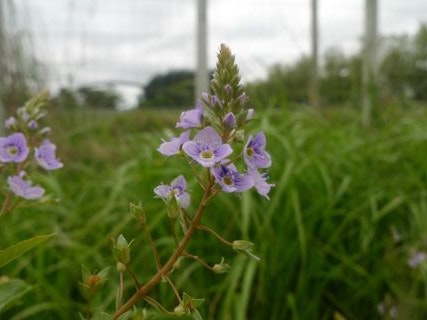
Whole-genome duplication in plants: what is the pathway to success?
Te Papa researchers: Heidi Meudt and Patrick Brownsey
Many ferns and flowering plants have accumulated multiple sets of chromosomes from past hybridisation between species, or from genome duplication within species. However, debate persists about whether whole genome duplication (polyploidy) is an evolutionary dead-end or a key process fostering diversification and expanded ecological tolerance in lineages. We are integrating novel and published data on chromosome number, genome size, phylogenetics, environmental factors, and common garden experiments for several study genera.
Our analyses will answer key evolutionary questions on the role of polyploidy in the diversification of vascular plants within New Zealand, and allow comparisons to other island systems.
Hen and Chickens fern (Asplenium bulbiferum). Photo by Leon Perrie
Azorella haastii. Photo by Heidi Meudt. Te Papa
Main collaborators: Colleagues and students from Manaaki Whenua Landcare Research, Massey University, University of Auckland, University of Cambridge, University of Oldenburg.
Funding: Royal Society Marsden Fund.